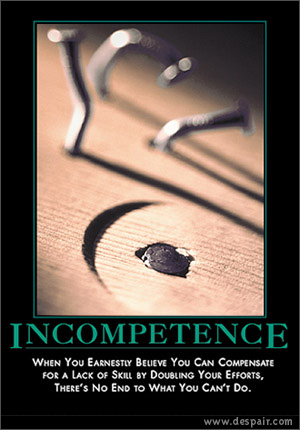You won't find an RCD protecting the DNO service cable though.
You'll get the full 560A if the cable faults, how the cable behaves is another matter.
I'd think that you'll be surprised, the DNO feeds are very good - so is thier protection, as I said I wouldn't want to try it in practice, 2 reasons, it'll take the whole block out, and the DNO may then want to replace thier feed to my system board, (would require digging up 2 rooms and a nice driveway)...
.. and to create this sort of fault is (death), I know it as I've heard from a colleague that some one dropped a spanner ( but don't site me) and "melt down" occured, the person died a week later.... not a "nice" "picture"...



